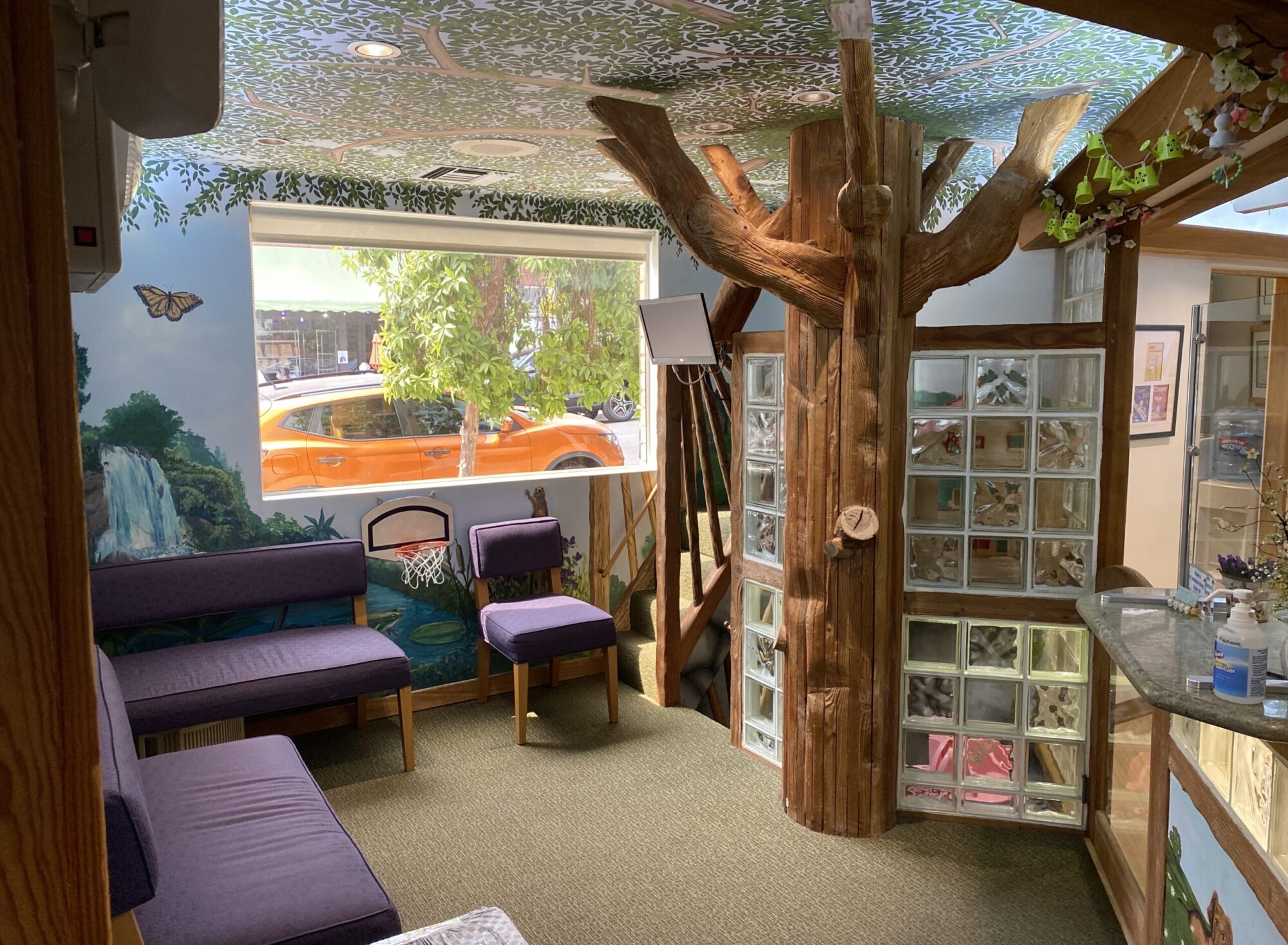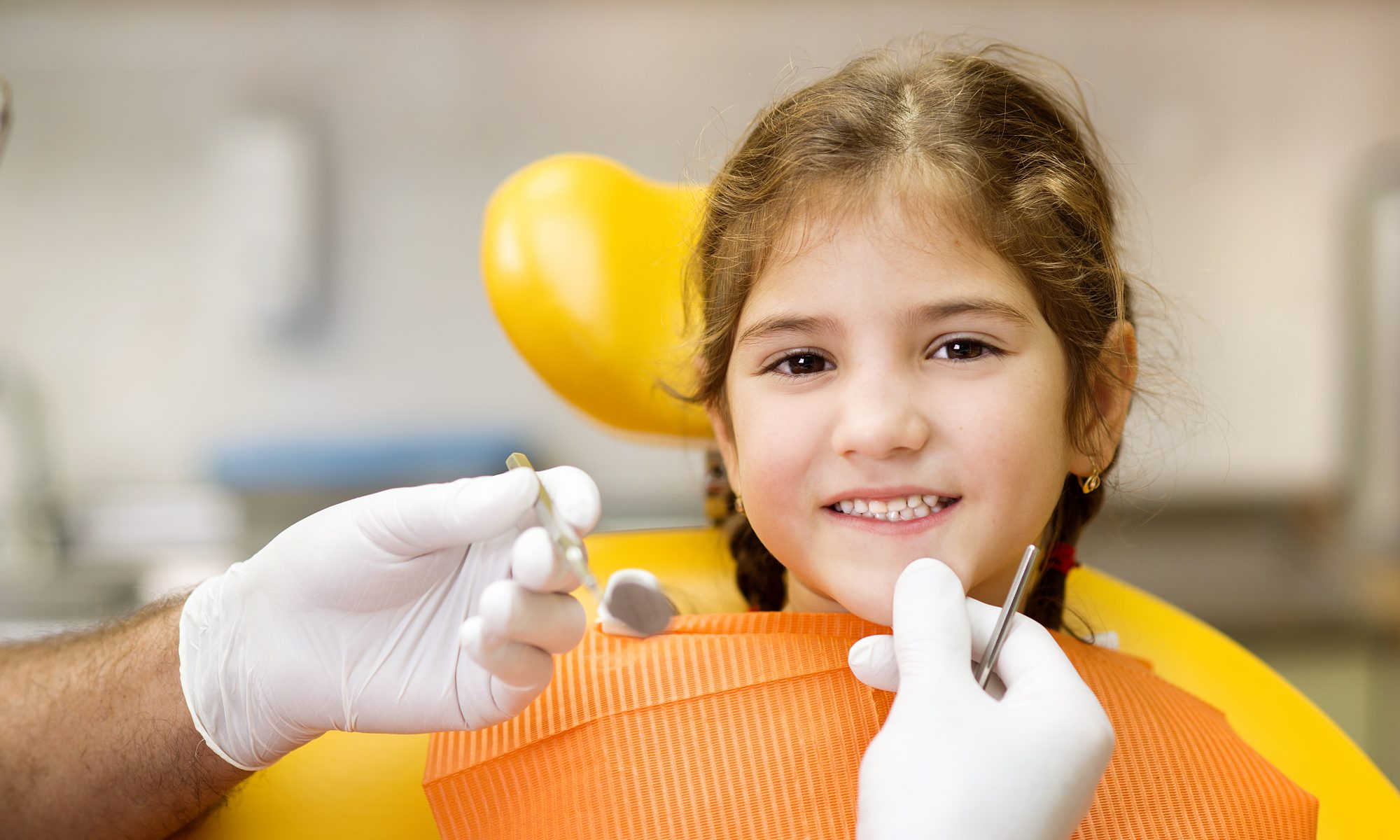American pediatric dental officials recommend beginning dental care for children around their first birthday. Early attention to oral care can prevent conditions, or if issues exist, dentists can offer immediate treatment. Despite parents’ best efforts, sometimes damaged teeth and gum problems develop. Many pediatric dentists use dental lasers in Los Angeles, CA, to achieve lasting results.
Dentists who treat children are especially mindful of providing care and treatment while minimizing discomfort. Pediatric laser dentistry relies on state-of-the-art equipment to focus light energy directly on affected areas. Not all children respond favorably to this high-tech dental alternative, so ask your child’s dentist for an evaluation.
Because dental laser treatment concentrates on damaged tissue, it offers many benefits not available with traditional invasive procedures. Your child may only need minimal or no anesthesia for pediatric laser dentistry. The use of dental lasers reduces bleeding, promotes healing, and reduces bacteria that could cause infections.
Like some adults, the sound of a dentist’s handpiece can make children nervous. Laser dentistry is quiet, so it helps little ones feel comfortable during treatment.
Regarding the use of dental lasers, the AAPD states [Link at https://www.aapd.org/research/oral-health-policies–recommendations/use-of-lasers-for-pediatric-dental-patients/]:
- During soft tissue procedures, hemostasis (the cessation of bleeding) can be obtained without the need for sutures in most cases.
- With reduced bleeding, wound healing can occur more rapidly with less post-operative discomfort and a reduced need for analgesics.
- Little to no local anesthesia is required for most soft-tissue treatments.
- Reduced operator chair time has been observed when soft tissue procedures have been completed using lasers.
- Lasers demonstrate decontaminating and bacteriocidal properties on tissues, requiring less prescribing of antibiotics post-operatively.
- Lasers can provide relief from the pain and inflammation associated with aphthous ulcers and herpetic lesions without pharmacological intervention.
- Lasers can remove caries effectively with minimal involvement of surrounding tooth structure because caries-affected tissue has a higher water content than healthy tissue.
- Avoidance of the noise and vibration of the conventional high-speed dental handpiece may reduce pain and anxiety in some patients.
- Some types of lasers have been shown to have an analgesic effect on hard tissues, eliminating injections and the use of local anesthesia during tooth preparations.
Reach out to HILA ROBBINS, DMD, INC. for more information about dental lasers and how we use them in pediatric dentistry.

